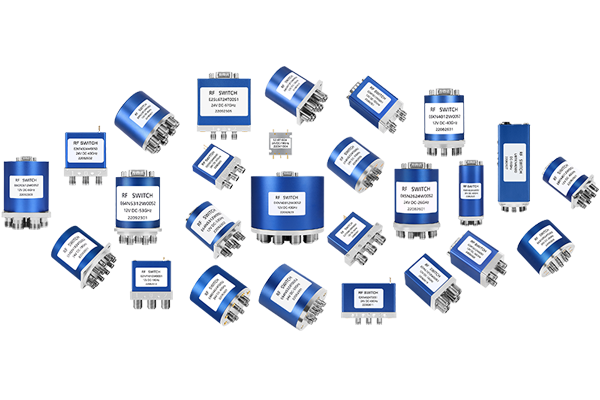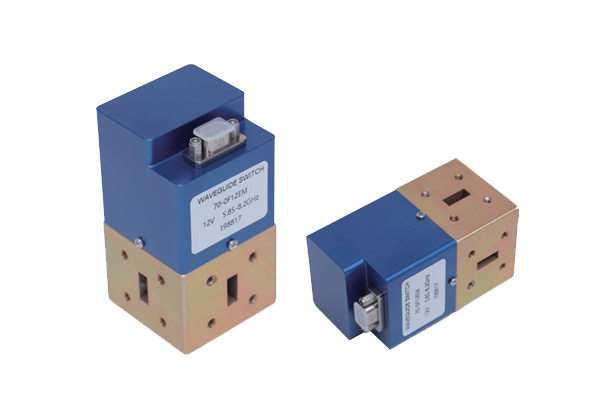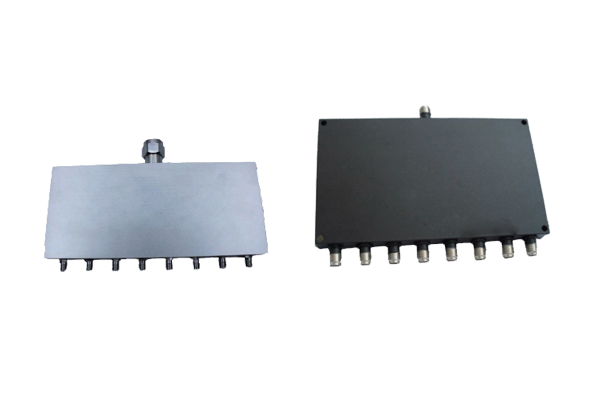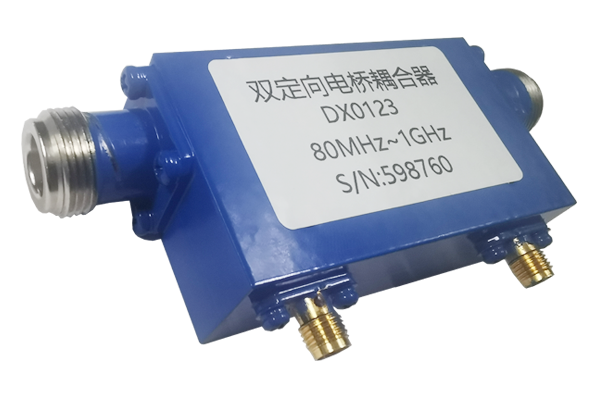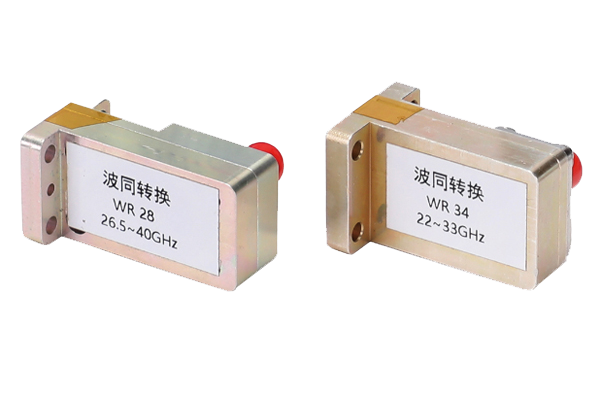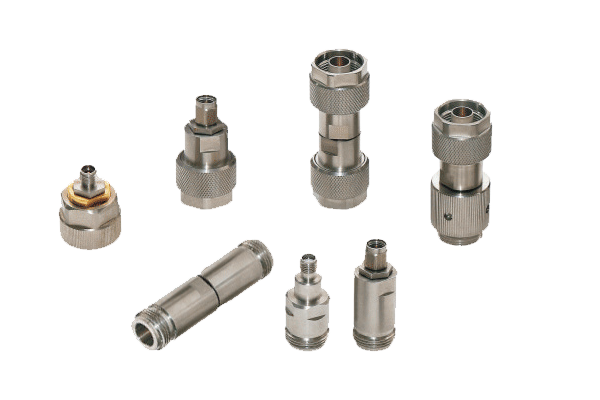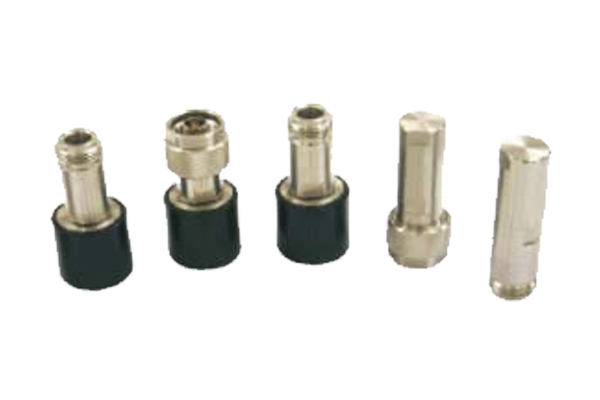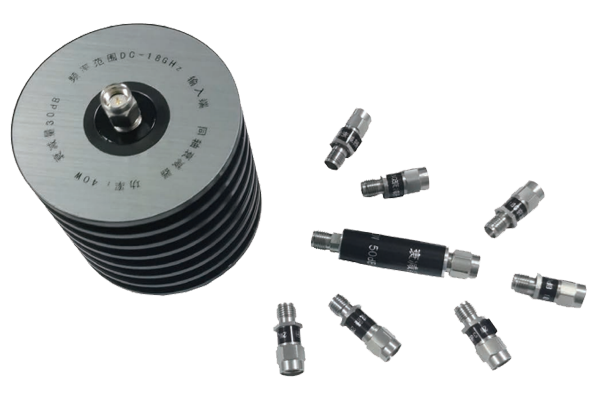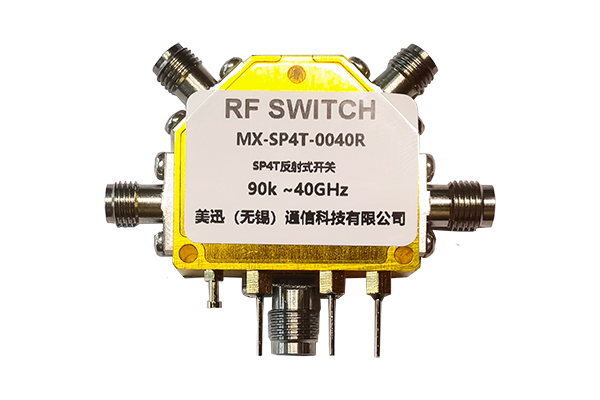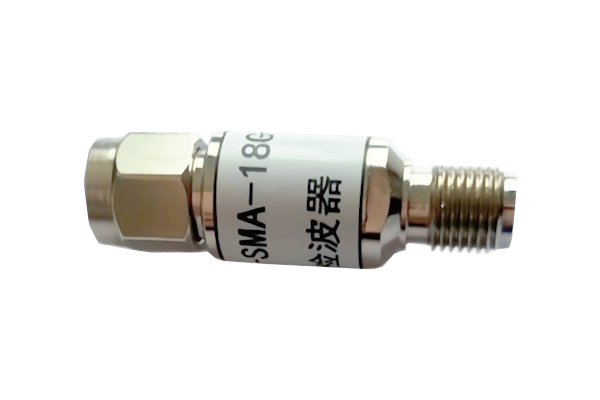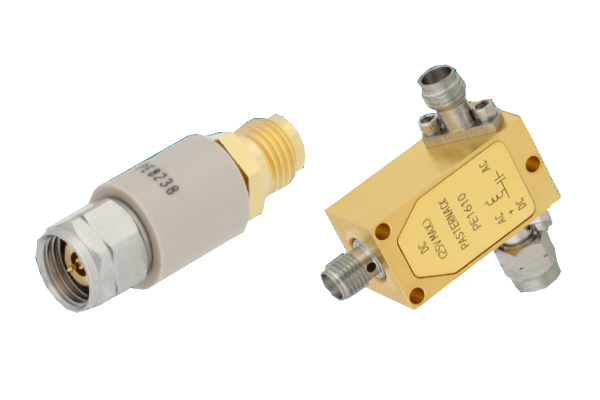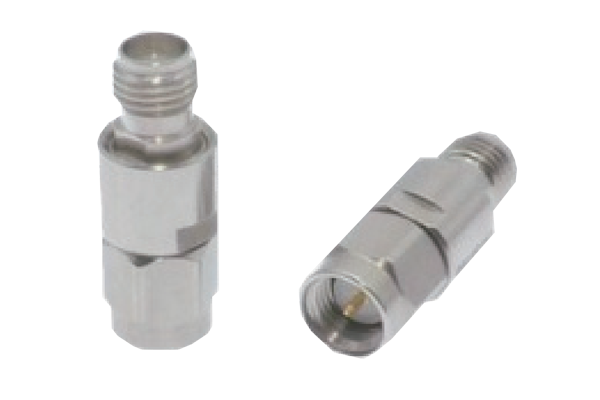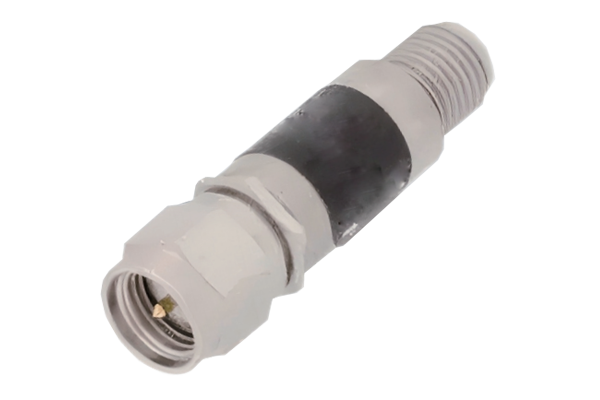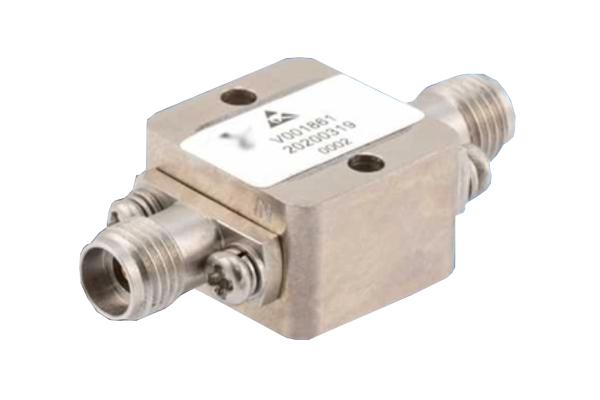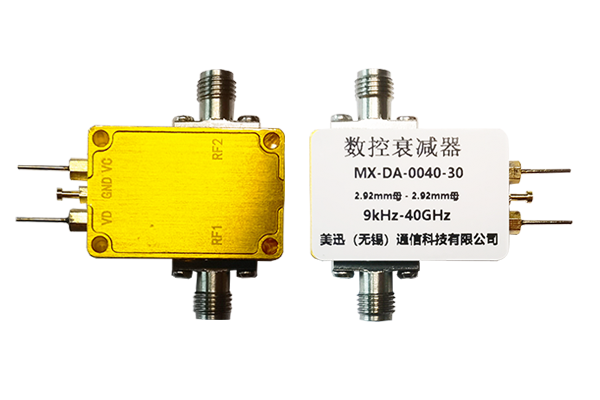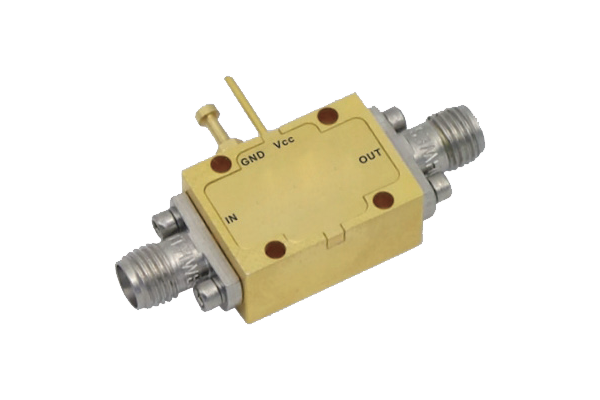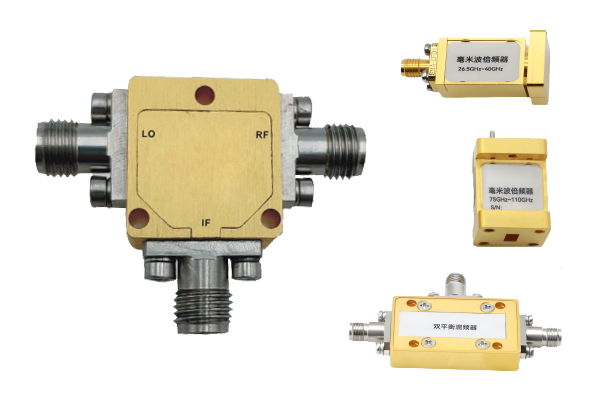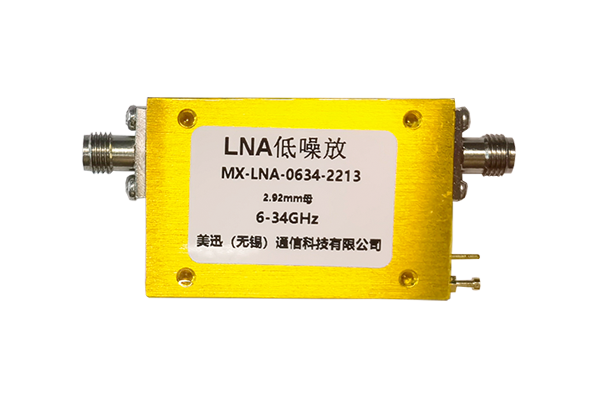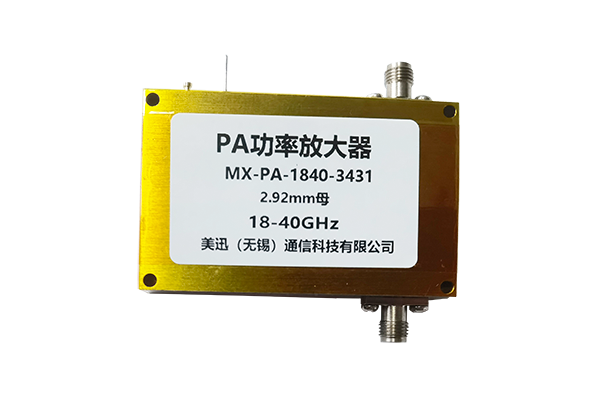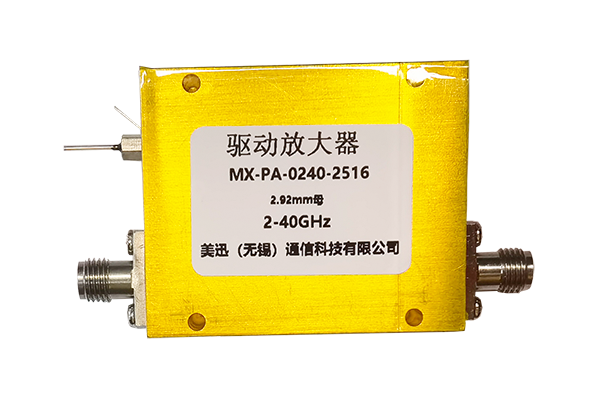How does the manufacturing material of waveguide switches affect their performance
Waveguide Switch Materials Analysis
- Brass offers excellent electrical conductivity, minimizing insertion loss by reducing signal reflection—critical for high-frequency applications above 18 GHz.
- Its high machinability allows for precise fabrication of intricate structures, ensuring tight tolerances that enhance isolation between ports.
- Aluminum provides a lighter alternative with good corrosion resistance, ideal for aerospace systems where weight is critical.
- Aluminum may require surface treatments (e.g., anodizing) to prevent oxidation, which could otherwise degrade conductivity over time.
- Copper's superior conductivity (97% IACS) reduces heat generation during high-power signal transmission.
- This makes it suitable for applications where power levels exceed 1 kW, such as radar transmitters or particle accelerators.
- Low-conductivity materials like steel can lead to excessive signal attenuation and overheating, limiting power-handling capacity.
- Alumina ceramics provide electrical isolation while withstanding extreme temperatures (up to 1,000°C).
- Crucial for switches in engine-mounted aerospace systems and other high-temperature environments.
- Excellent chemical corrosion resistance enhances durability in industrial or marine environments.
- Emerging in low-power, lightweight designs due to cost advantages and reduced weight.
- Lower thermal conductivity can cause heat buildup, restricting use in high-power scenarios.
- Higher dielectric constants than metals may increase signal loss at frequencies above 30 GHz.
Key Summary
Material properties directly influence a waveguide switch's conductivity, power handling, weight, and environmental resilience. Matching materials to application requirements—whether high-frequency precision, high-power durability, or lightweight portability—is essential for optimizing performance.



